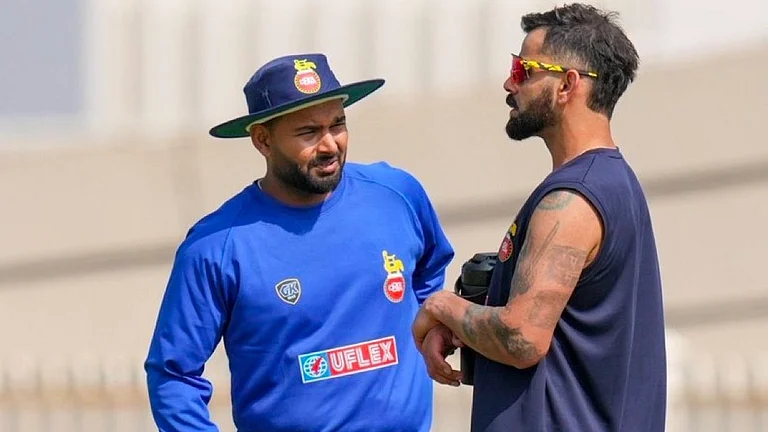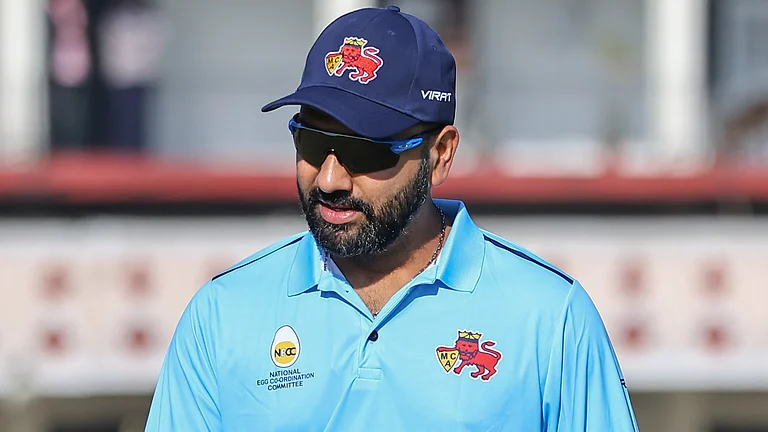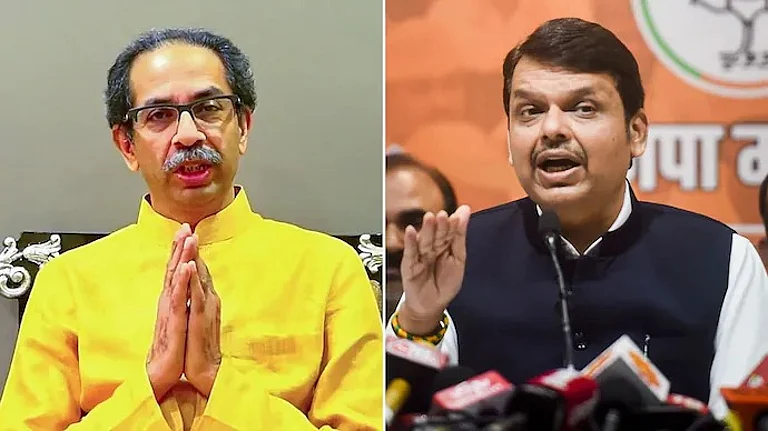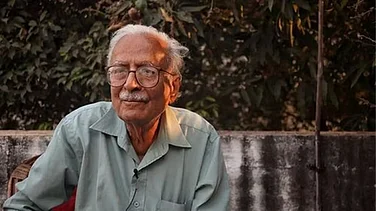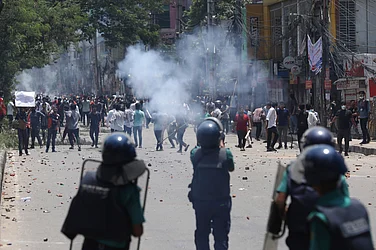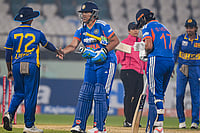Edit cartoons hold up a 2-D mirror to the afflictions and absurdities we are beset by. Why don't our leaders want us looking at THESE here indictments of our warts?
Political correctness, identity-based discourse and pursuit of competitive victimhood kills humour when it takes on sectarian overtones. To laugh at oneself in the face of irreverence, cheek and iconoclasm requires a certain confidence. Self-deprecation, perhaps, doesn’t come easily to those fully engaged in asserting themselves. There are some who argue that fine humour is the product of an evolved and culturally homogeneous intellectual elite, but this can be countered by great examples of street humour and poetry from the little mofussil towns of India.
Still, the Ambedkar debate takes the discourse to a new low, a nadir that demands another gag order on wit and openness. It’s happened with Shivaji in the past, but the history he was part of is more distant. Its memory less raw. What has happened with Ambedkar is a sort of self-censorship being demanded by a section of the Dalit community. We are being told by some strident voices that the individual who oversaw the drafting of the Indian Constitution can’t be critiqued, must be handled carefully as he is a “prophet” and certainly can’t be lampooned in any manner. Equally worrying is the manner in which our elected representatives capitulated to the view that a particular cartoon is offensive and hence all the cartoons in some excellently produced NCERT books must be deemed suspect.
Off the record, some MPs admit that it’s embarrassing to have had to take such positions. “But on Dalit issues we’ve to be very careful,” goes the refrain. On the record, the House is indignant over the perceived or real offence, depending on the viewpoint. But the divisions cut across caste lines; most non-Dalit MPs simply shake their heads, throw up their hands, say it’s a “touchy” subject and they won’t risk being called “anti-Dalit”.
Academics are naturally worried. There has been a spate of commentary defending the books. But as historian Mushirul Hasan says, it’s the idea of “exceptionalism” that is dangerous. “The principle must be established that in the galaxy of national leaders, there were many outstanding men and women. We should not be treating any one of them by special standards or we will land in trouble. It would also not be consistent with the spirit of the national movement since they all took collective decisions.” Ambedkar’s grandson Prakash says, “This playing of caste and religion has paralysed Parliament. I don’t find the cartoon offensive. I don’t think Babasaheb would have found it offensive either.”
But that was a different age, when humour had not fallen victim to historical grievances and politics crafted on the sense of deprivation and injustice. Gandhiji never minded being made fun of and had said, “I would have died if I didn’t have a sense of humour.” Jawaharlal Nehru once wrote an anonymous editorial in the Hindustan Times suggesting that the prime minister should not be an object of too much adulation. Sarojini Naidu, sharp of tongue, made all manner of comments about the personal and private matters of the big leaders. She made quips about Gandhi’s attempts at brahmacharya, Jinnah’s choice of a wife, among others. None was ever offended. After independence, Nehru was lampooned week after week in Shankar’s Weekly. Ambedkar and Sardar Patel weren’t especially known for their humour, but they weren’t known to take offence either. Maulana Azad was not a figure who made for great cartoons, but is said to have had a very sophisticated sense of the absurd.
Not that Ambedkar is the first figure about whom a social group, community or the State has developed a painfully thin skin. It happened to Jinnah in Pakistan, where the establishment, engaged in crafting a new state, was only ever comfortable with his depiction as the Quaid-e-Azam. In India, it’s been little parochialisms and identity politics that are at the heart of bans and gags. First, the sense of victimhood certainly kills humour as political correctness goes to absurd lengths. Then there’s the fear of the mob that can, apparently, be organised for any slight or sense of injury by any group—at short notice.
Most prominently, there is the Hindu-Muslim cleavage; no laughing matter and around which bans are sought and “feelings” often have to be assauged. There are many Muslim groups that have repeatedly expressed offence over Salman Rushdie’s books as also his comings and goings in India over a quarter century. Rushdie is a red flag to Muslims who wish to protest across the world as his case involves an apparent insult to the Prophet. Then there are the repeated assaults on books, scholars and libraries in Maharashtra over any work that is perceived as slighting Shivaji. Now, a new fundamentalism is evolving around the altar of Ambedkar. Against this, even the case of Mamata Banerjee’s supporters arresting a professor over a cartoon pales in significance, because they could never produce a coherent enough ideological spin to justify their actions.
After Emergency’s imposition, Shankar Pillai shut Shankar’s Weekly with a powerful editorial in an issue dated August 31, 1975. “Our function was to make readers laugh at the world, at pompous leaders, humbugs, at foibles, at ourselves. From this point, the world and sadly enough India have become grimmer. But Shankar’s Weekly is an incurable optimist. We are certain that despite the present situation the world will become a happier and more relaxed place.” Circa 2012, he’d be surprised.








